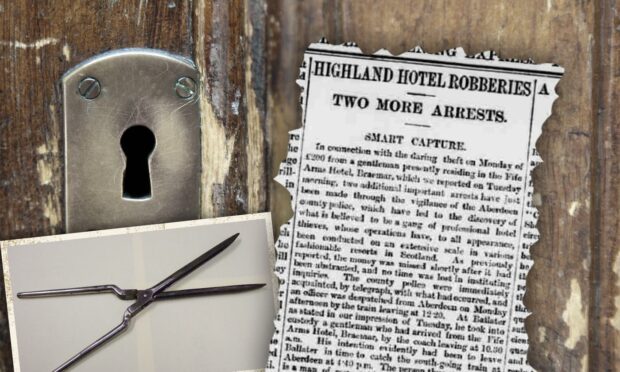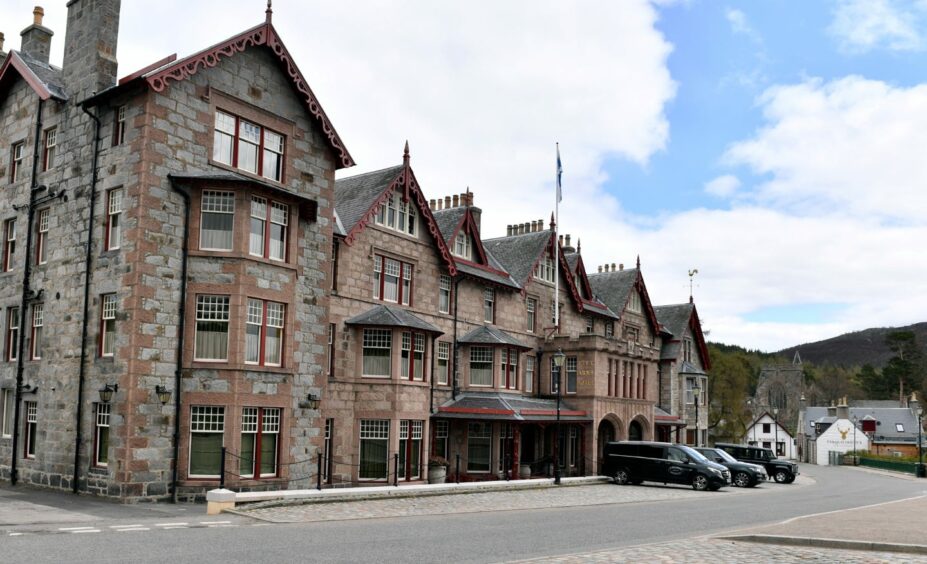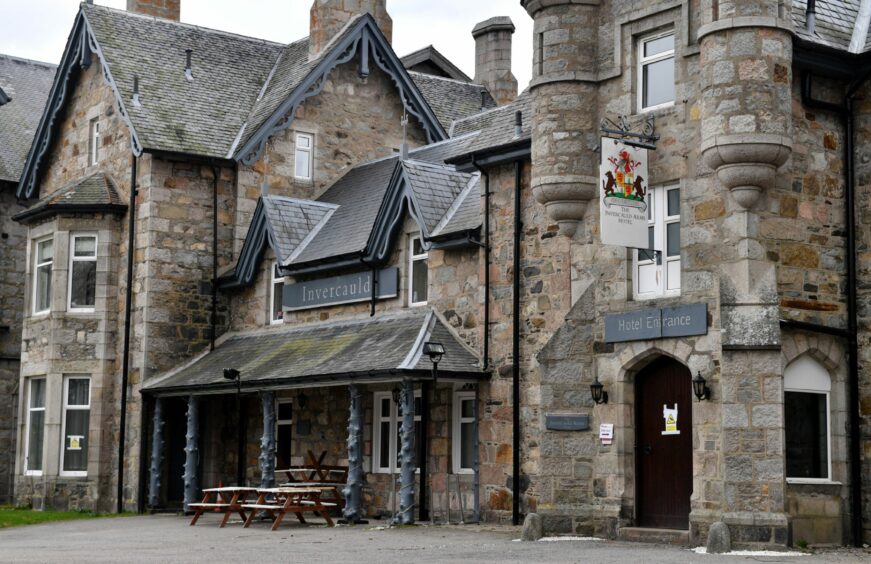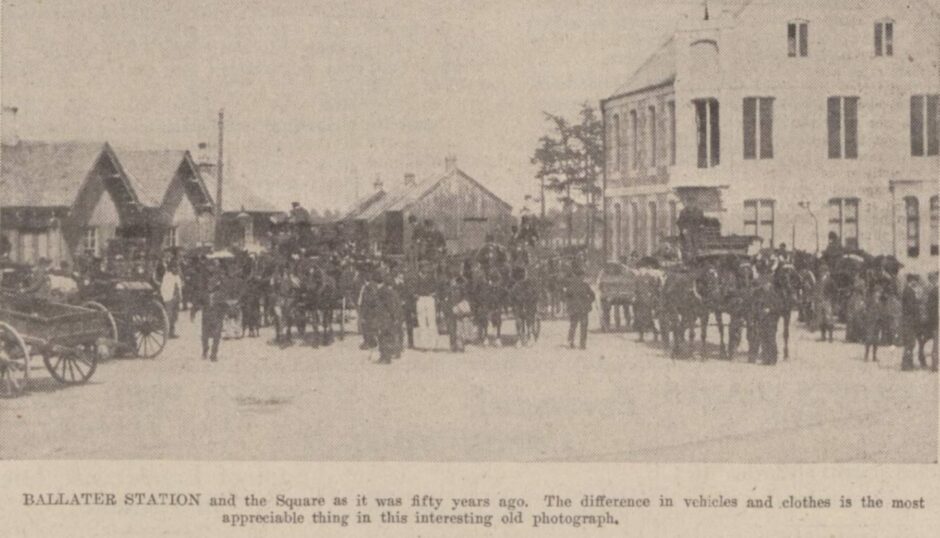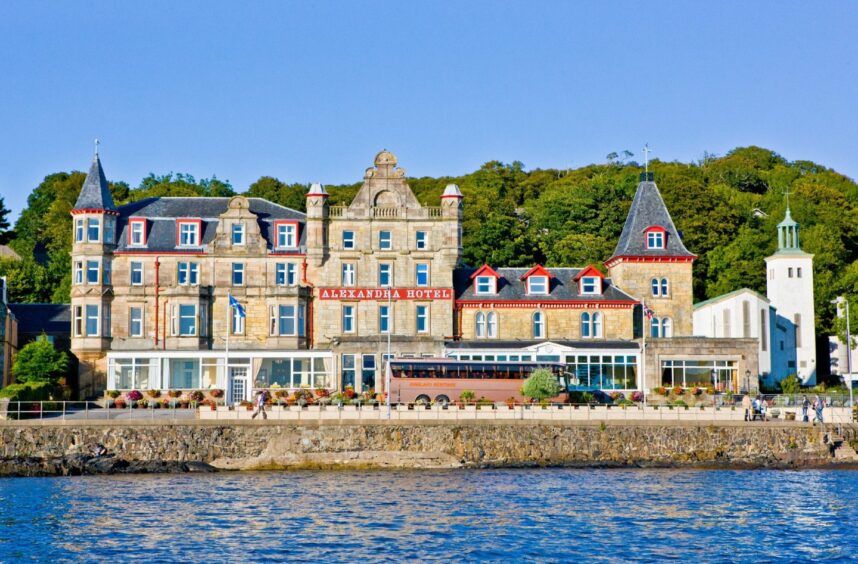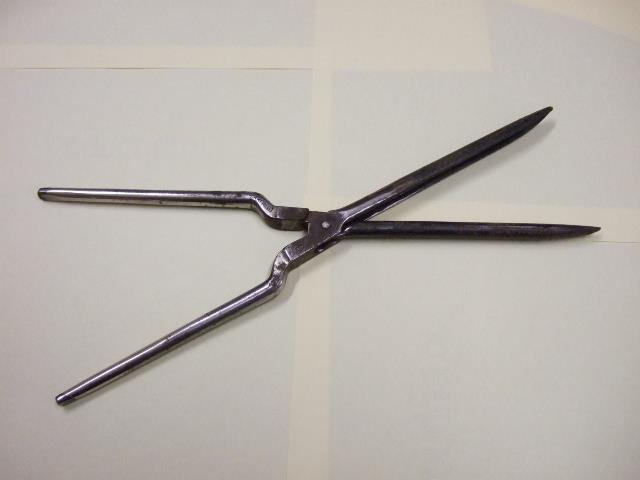Genteel holiday makers in the fashionable resorts in the north of Scotland were all of a flutter during the summer of 1883.
Substantial amounts of money and possessions had been going missing from hotel rooms from Oban to Aberdeenshire and no one knew where the gang would strike next.
It turned out to be Braemar.
On Monday August 13 £200 – worth about £26,000 in today’s money – disappeared from the room of a guest at the Fife Arms.
Luckily the cash was missed soon afterwards, and all hell was let loose.
The Aberdeen county police lost no time in investigating, sending an officer over immediately by train.
He arrived armed with specific intelligence gleaned from Edinburgh, and soon made an arrest.
The first of the gang was nabbed at Ballater station, trying to catch a train south, having been a guest at the Fife Arms.
He turned out to be Joseph Dowling, manager of a London club.
He was around 40, of “respectable appearance”, it was reported.
He was taken to Aberdeen and put behind bars while inquiries continued.
Meanwhile, back in Braemar, the police had tracked down a Captain Lyon, who had been a guest at the Invercauld Arms Hotel for a few days, accompanied by an unidentified, much younger lady.
Lyon turned out to be an American Civil war veteran from the Ordnance Department in Washington, who was passing himself off as a rich and respectable traveller.
He had an unusual way of breaking into other guests’ rooms and plundering their valuables when the coast was clear.
On his eventual arrest, he was found with two small pairs of curling tongs in his pocket, ideal for working the large key holes of the age.
He had also been spotted in conversation with Dowling before and after the theft, the con-artists appearing to be preparing their getaway from Ballater later that afternoon.
The Lyons headed for Aberdeen and then south to Edinburgh.
Little did they know that they were under surveillance by police in Edinburgh.
They were arrested on their arrival, and found to be in possession of property taken from hotels in Oban.
They were then handed over to the authorities in Argyll.
The prisoners’ respectable appearance had managed to fool the public that “they were accustomed to move in the higher ranks of society”, said the Aberdeen Evening Express.
It turned out that the gang had been busy in both the Alexandra Hotel and the Great Western Hotel in Oban, mixing freely with other guests, but alerting the suspicions of the police.
The Lyons had forwarded their luggage to a hotel in Princes Street, Edinburgh, where they had stayed some three weeks earlier at the same time as Dowling.
So prolific were the thefts in that hotel that the proprietor had put up notices to warn guests.
Dowling was observed by the Edinburgh chief of police, a Mr Henderson, “loitering opposite Register House”.
He was already known to Henderson who had seen him in “questionable company” in London and knew him to be unsuccessful in business.
Meanwhile, Captain Lyon was found to have letters of credit for £1,400 from Boston, Massachusetts, in his possession, and when asked to explain them and give a character reference, he said there was no one this side of the Atlantic who could do so.
He was also found with English and foreign gold, diamonds, and jewellery.
Examination of the bank notes on his person revealed they came from the Alexandra Hotel, Oban, and the net closed in.
“Mrs Lyon” admitted she was not Captain Lyon’s wife, but had been living with him for two or three years.
She denied any knowledge of the scam.
The Chief Constable himself tried out curling tongs to gain entrance to several bedrooms at the Alexandra Hotel in Oban and found that “in nearly every instance, without much difficulty, the doors could be unlocked”.
The game was up for the curling-tong gang.
You might also enjoy:
Dare you read the new story about the ghost in Aberdeen pub Ma Cameron’s?
Inverness horror death sheds light on grinding poverty of Victorian age
